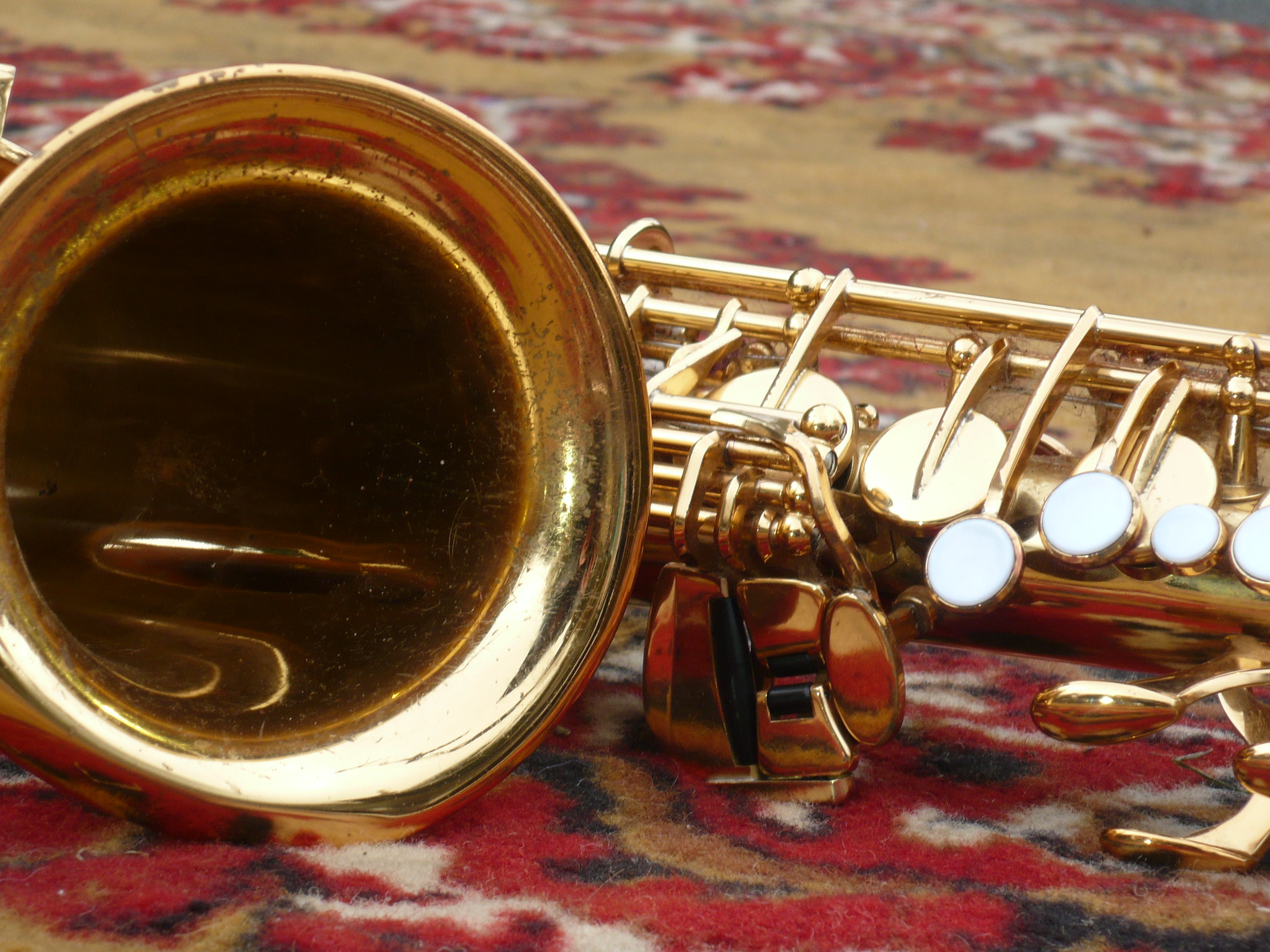The most important aspect of a musician’s music is their sound by a country mile. No matter what instrument you play, or what type of music you’re playing, this simple fact holds true.
If you think about every one of the top saxophonists today, sure they can play amazing lines and write intricate melodies, but ultimately what brings people in and makes them connect to that artist is their tone. And, if tone is so critical for connecting to your audience, then how do we as saxophone players go about obtaining a beautiful sound?
Embouchure
Proper saxophone embouchure is the #1 way to make your tone beautiful and unique to you. “But what is an embouchure, and how do you know if mine is correct?”, you ask.
Embouchure is defined as, “the way in which a player applies the mouth to the mouthpiece of a brass or wind instrument.”. In today’s day and age, however, most school teachers don’t have the time to teach more than just a cursory lesson on how one should form their lips, and many others sadly don’t even really know how to play sax well in the first place!
This article will address the issue of building a proper saxophone embouchure for exactly that reason.
Lip Position
The first step in forming a great embouchure is learning how to place your bottom lip in relation to your bottom teeth. This is the most common issue with my beginning and intermediate level students; they often have it rolled either too far over their teeth, or sticking too far out leaving the lip totally unsupported by the teeth.
You ideally want to have just the inner lip skin rolled over your bottom teeth, leaving the outer skin totally untouched. This is most easily achieved by using the letter “V” as your reference point; you must say the letter “V” and however much of your lip is rolled over your bottom teeth is how it should be when playing on the mouthpiece.
One thing to keep in mind, is that while your lip is getting support from your teeth, you by no means want the teeth to be doing most of the work, this will just lead to you cutting into your lip into it starts to bleed (trust me, I used to do this as a kid. Ouch!).
You must remember that your lips are controlled by muscles, and it is these muscles that you should engage in order to put pressure on the reed while playing; the teeth are just lending some minor support underneath.
Dave Leibman is a modern master of saxophone embouchure study and has a section on just this concept in an old video on youtube (The whole thing is long, but packed full of great information). If the video isn’t jam-packed full of enough information for you, then you can also check out Leibman’s book “Developing A Personal Sound”.
Tongue Position
The next step in a great saxophone embouchure is getting your tongue in the right shape. This shape is similar to an airplane’s wing, highly arched so that the air traveling over it will be sped up with no extra effort given on behalf of the sax player.
In order to get our tongue sufficiently arched, we must form the word “Ew” when blowing. Using this particular word when we play serves a dual purpose; the “E” in ew forces your tongue to arch upwards towards the top of your palette, and the “w” or “wuh” of the word ew helps to round the shape of your lips, and engages your lip muscles to help support the reed. (Refer to the ‘e” position on the diagram below.)

The most overlooked aspect of great lip position, in my opinion, is where exactly you should put your lip on the mouthpiece. With lips correctly positioned, this enables the reed to sing out at its most resonant. With lips anywhere else, however, and your reed will either quack like a duck(in the case of putting too much mouthpiece in your mouth), or be stuffy and soft (if you put too little mouthpiece in your mouth).
Fortunately, there is an easy solution! All one must do to find the perfect spot to place their lips, is to put your reed on your mouthpiece, then get a good side view of the mouthpiece until you find where the reed starts to physically touch the mouthpiece and voila! There is your perfect “sweet spot”!

Exercises for Practice
Once you’ve made the changes necessary to improve your embouchure, the next thing to do is to get to work on making these changes into muscle memory. To this end, we’ve collected some exercises and materials that are great for doing just that.
First and foremost, long-tone exercises can never be beat for getting used to a new sax embouchure. One of the best resources that heavily deals in long tones is the fantastic book, “Top Tones For Saxophone” by Carl Fischer. Heavily geared towards improving tone production and range, this book is a must-have for anyone looking for a beautiful sound in all ranges of the sax.
George Garzone has a great clinic on youtube that goes into some of his favorite long tone exercises that would also be great to develop your saxophone embouchure.
He speaks of using two different versions of long tones. The first version involves taking away all articulation from your tongue, forcing you to use just lip strength and air support to gradually start and stop your note. The other version forces you to not actually play an audible note at all! You basically do his first exercise, with the only change being that when you feel the note about to start playing, you hold the note in that state rather than actually letting the note finally speak.
Another great resource for working on embouchure is G. Schirmer’s “158 Saxophone Exercises”. More than just long tones, this book has exercises involving larger intervals and tongue articulations that make great advanced practice material to get you on your way to mastering your newly acquired lip and tongue positions.
In Summation
It is important to have your lips and tongue in the correct position even as a beginning saxophonist, otherwise bad habits can easily be formed, impeding your tone production and greater musical development. Hopefully, with the information in this article, we have helped you to better understand just how a proper saxophone embouchure should be formed. Similarly, the exercises outlined above should be used in tandem with your new embouchure, in order for you to commit it to muscle memory and set in stone a beautiful tone.
Jones |CC BY-SA
Anderlucci |CC BY





